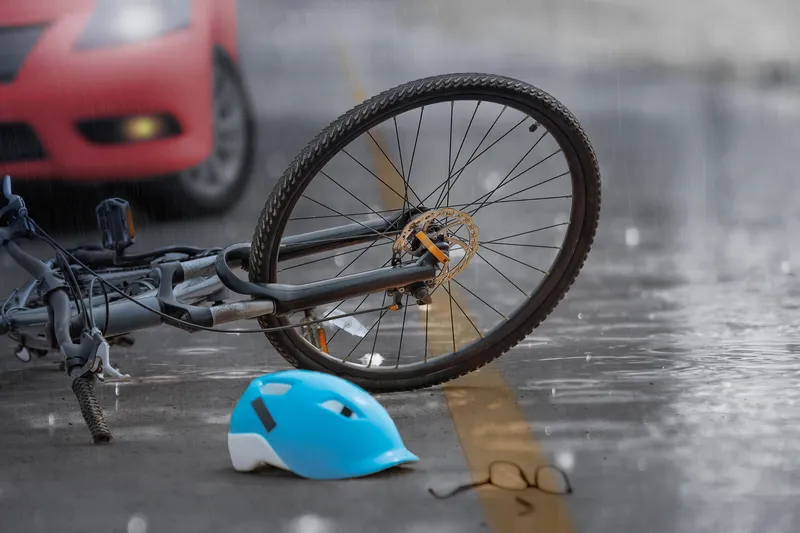MEP Koch said that while Europe has done much to improve safety, be it on technical improvements of the vehicles, better training for road users or infrastructure, new technologies, such as smart phones and tablets, bring about new challenges.
European Commissioner for Transport, Violeta Bulc, supported FIA Region 1’s initiative, saying, “With smartphones becoming more popular than ever, it seems increasingly difficult to take our eyes off the screen. In fact, distracted driving is the cause of a growing number of road deaths and injuries. It is vital that we keep our attention on the road. As Transport Commissioner, road safety is one of my ongoing priorities. A simple way to reduce accidents is to keep your eyes on the road and off your smartphone.”
FIA President and UN Secretary-General’s special envoy for road safety, Jean Todt, said “Road safety is among my top priorities. Drivers, cyclists and pedestrians need to understand the dangers of using smartphones in traffic. To combat the 3,500 lives lost every day in road accidents, I urge all road users to park their phones when they are in traffic.”
FIA Region I director general, Laurianne Krid, said: “There are many ways to be active in traffic, from a young to an older age. FIA Region I and its member Clubs believe that lifelong learning is key to ensure the safest roads. This campaign reminds us of the many distractions that cross our path on a daily basis and encourages everyone to #ParkYourPhone and remain focussed on the road while in traffic.”
FIA launches road safety initiative: #ParkYourPhone when on the road
European MEP Dieter Liebrech Koch, FIA Region I and its member Clubs are launching #ParkYourPhone, a campaign to encourage responsible smartphone use in traffic. The campaign will be rolled out across Europe the Middle East and Africa by FIA Clubs in autumn 2017.
MEP Koch said that while Europe has done much to improve safety, be it on technical improvements of the vehicles, better training for road users or infrastructure, new technologies, such as smart phones and tablets, bring about new challenges.
September 28, 2017
Read time: 2 mins
European MEP Dieter Liebrech Koch, 8054 FIA Region I and its member Clubs are launching #ParkYourPhone, a campaign to encourage responsible smartphone use in traffic. The campaign will be rolled out across Europe the Middle East and Africa by FIA Clubs in autumn 2017.








